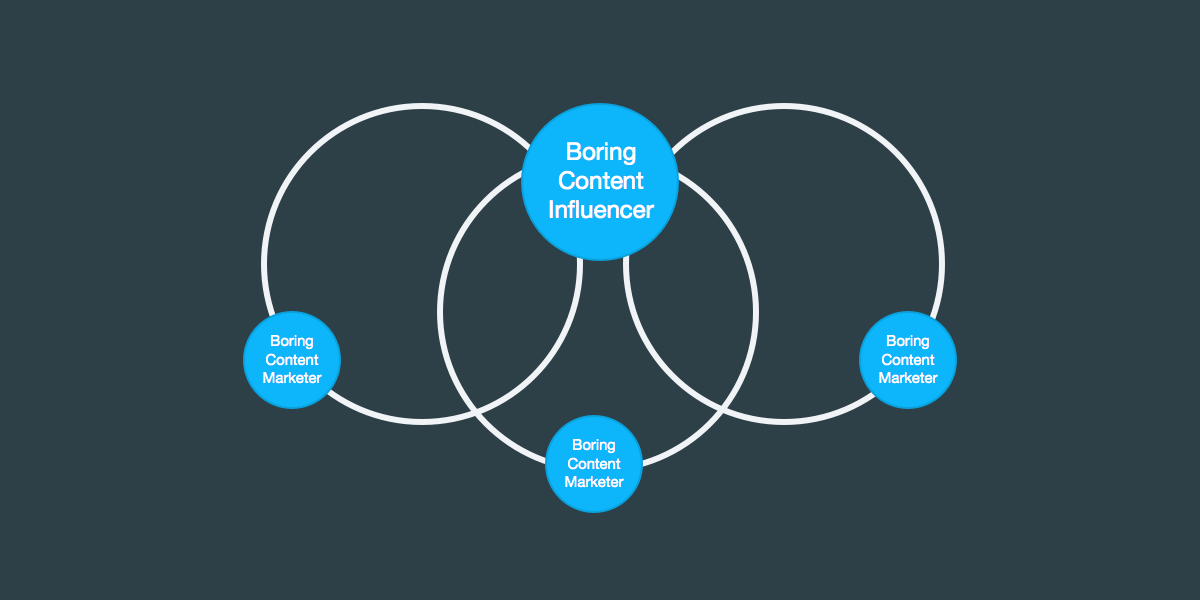
Formality: Are You Writing for the President, or Your Pet Cat?
November 30, 2015
Writing
Chances are, you’re not writing for the President, or Tubby your pet cat.
You’re writing for your target audience. The readers who come to your blog to read your content.
We’ve already covered how to speak your readers’ language, but what about formality?
How should you address your topic? How should you channel your information into readable text for your readers?

Out with the boring, in with the interesting
Formal writing can be dull, but it doesn’t have to be.
The problem with many inbound marketers is that they often emulate other—more successful—marketers.
These ‘successful’ marketers often write tedious content. They tend to muffle any semblance of opinion or character.
There’s a vicious cycle going on, because these influential marketers have been in the game for years, and because they’re influencers people assume their content is good without being too critical. Then others try to emulate it, creating more boring content and more boring influencers.
Although they’re the ones writing the content, it’s not completely their fault.
They were taught to write boring, dull and non-risky pieces and to not give their opinion. The reason they’re still successful is because they’re already well known.

Breaking the cycle
It’s really tricky to break the cycle and be different. When we started the Contentacle blog, we wanted to give our readers actionable and exciting content pieces.
We do this by offering our techniques on a plate and by adding descriptive explanations to make potentially dull sentences into interesting reading.
Let’s take a look at an example:
Content marketing is big business.
It’s an interesting subject, but the words I’ve chosen to use don’t show any emotion and they don’t get the reader excited.
The sentence don’t express why it’s big business, why I should be interested and how it’s helpful to me. You can be formal and provide extra insight.
Let’s try again, and this time I’ll make it a little more interesting:
Content marketing has seen a massive rise in interest from big businesses. The benefits can far outweigh the investment of time spent put into it.
There we go. Now the reader is excited to give it a try and knows that they’re missing out.
Try reading sentences out loud, and keep changing them up until they sound more interesting.
Know your readers and customers
It’s time to wind back the clock and get to know your community.
Talking to readers in your target audience and analyzing how formal or informal they are towards you can help you figure out how to write.

Here’s where to find your readers’ writing:
Your blog comments. If someone has commented on your blog, that’s a fantastic place to find out. They represent your readership and they’ll give you clues.
Other blog comments. Look at similar blogs that target the same audience in your niche.
Slack communities, You know Slack, that massive company that had an unprecedented growth spurt. Find a relatable Slack community and get to work interacting with people.
Forums - Register to a forum in your target market. Get involved in interesting threads and topics.
Email - While many are stating that email is dying, it’s actually growing, silly. Email your readers, customers and influencers and find out how they structure their sentences within email.
Your customers - While the rest of the suggestions are helpful, your customers are the most important people to speak to. They’ve bought into your brand, product and vision. They’re ultimately the ones you’re trying to attract. Ask them questions.
How much formality should you use?
It’s a difficult question—it depends. I tend to go with this rule: if you can make it lighthearted, then try that.
Nobody is going to be interested in you droning on. If the first sentence doesn’t capture their imagination, readers will assume the rest won’t either.

Read your work over, and if it doesn’t fit with your company vision or personality, alter the tone.
If you’re writing a how-to, it’s best to be mostly formal about it, with a little bit of humour if you can. Instructions need to be easy to read, but not completely dull.
Lists can be either formal or informal. Just take a look at this Forbes list vs. this BuzzFeed list.

They’re completely different, but they both work.
Get some style
What if you introduce new writers, or you need to remind yourself of the style you’re trying to stick to?

Written style guides are perfect for exactly this. They provide a set of rules and examples to keep all your writers’ styles consistent. Where do you find a style guide though? Well, there are a few options:
Write it yourself - Use Word, Pages or Google Docs to write your own style guide. It’s very time-consuming though and it’s tough to know what to include.
Find a template online - Hubspot offers a free template for this. Adapt it to your company’s style and just remember to reference it each time you write a post.
Recap
Don’t be boring - It’s easy to make your content dry, dull and unexciting. It’s hard to make it interesting and funny. Use formality when trying to put across important information.
Read your readers - Interact with your typical target readers and see how formally or informally they write.
Use a style guide - Make sure you’re on the same page. Use a style guide to get your preferred writing style across.